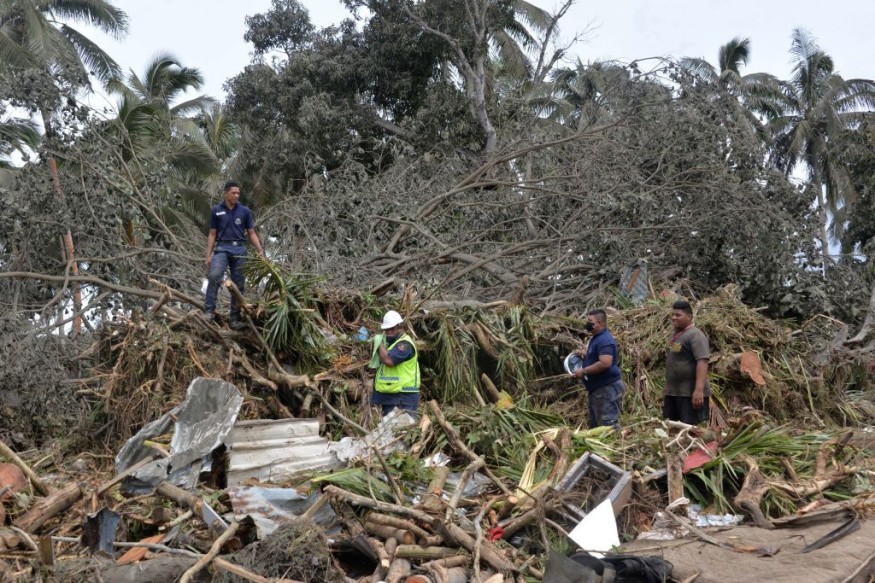Scientists all across the world are investigating the climate effects of the eruption of Hunga Tonga-Hunga Ha'apai Volcano in the South Pacific, which seems to be one of the most massive and far-reaching volcanic eruptions in history.
The Hunga Tonga-Hunga Ha'apai eruption in January 2022 was one of the largest volcanic eruptions ever recorded. The explosion, which detonated underwater with the force of 100 Hiroshima bombs, spewed millions of tons of water vapor into the atmosphere.
Climate Change Effect

According to a recent National Oceanic and Atmospheric Administration (NOAA) analysis, the eruptions released a record amount of seawater-an estimated 150 million tons. Some of it even entered the stratosphere.
The energy behind the eruptions, the unique presence of water in the plume, and the plume's ongoing travel around the globe have piqued the interest of researchers worldwide. NOAA experts said the eruptions have prompted dozens of new climate change studies.
One issue they're attempting to address is whether the chemical mix in the eruptions could cause additional damage to the Earth's protective ozone layer, an atmospheric shield that blocks damaging ultraviolet rays from sunlight.
For example, chlorine in the enormous plume might react with water, partially degrading the ozone layer. In principle, the water vapor emitted by the eruptions may be a greenhouse gas.
The plume may also help decide whether it is possible, as some scientists believe, to geoengineer clouds of sulfur dioxide, a gas found in the plume, to shield sections of the Earth from global warming.
Currently, scientists can only create a small cloud of sulfur dioxide, but researching the effects of a much larger cloud may help answer the question of whether the strategy might help lower temperatures by reflecting sunlight back into space.
The questions raised by the eruption "have brought together a lot of people worldwide to try and study and analyze all of this," said Karen Rosenlof, a senior scientist at NOAA's Chemical Sciences Laboratory.
More studies will be conducted, including one authorized by the Montreal Protocol and due in 2026. The international agreement requires frequent testing of pollutants that can cause harm in the stratosphere, and it could collect further data from the eruptions.
Read Also: Hunga Tonga Volcano's Powerful Eruption Took Part of The Ozone Layer
Tongan People Remain Resilient
The Tongan people are resilient, and the Hunga Tonga-Hunga Ha'apai volcanic eruption is not their first calamity, according to Tongan Ministry of Health chief executive Dr. Siale 'Akau'ola.
'Akau'ola stated that Tongans have witnessed category 4 and 5 hurricanes with sea waves similar to tsunamis and that many people in Tonga have faith and are very religious.
"They have faith in God, and I'm sure that provides a lot of reassurance to a lot of people in how to face these adversities," he said.
The eruption caused tsunami waves, which killed three individuals and damaged thousands of homes and infrastructure.
During the eruption, volcanic ash was blasted high into the skies, covering wide areas and contaminating water supplies.
Two years after the eruption, some individuals evacuated from the island of Nomuka are still awaiting accommodation.
Related Article : Hunga Tonga-Hunga Ha 'apai Volcano Ash Flows Were Faster Than Those Triggered By Quakes, Floods, Study Says
© 2025 NatureWorldNews.com All rights reserved. Do not reproduce without permission.





